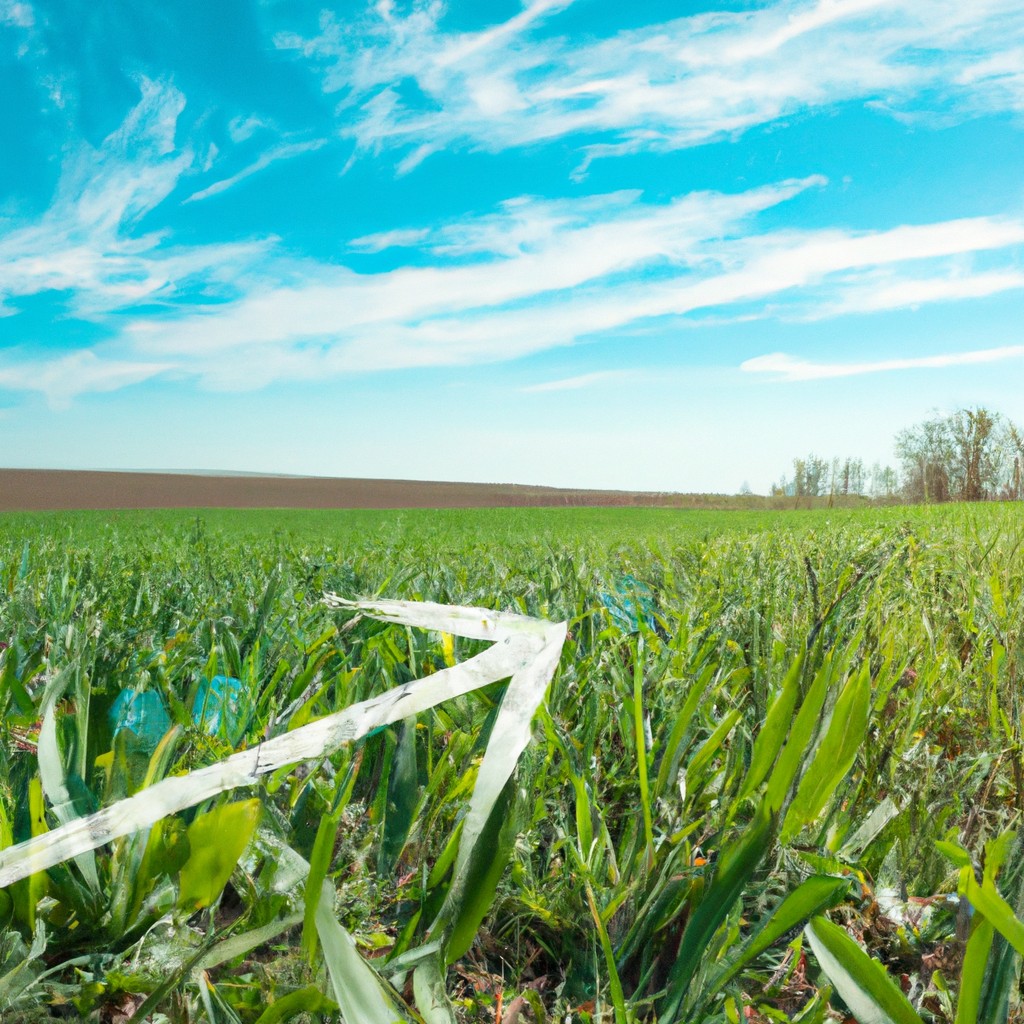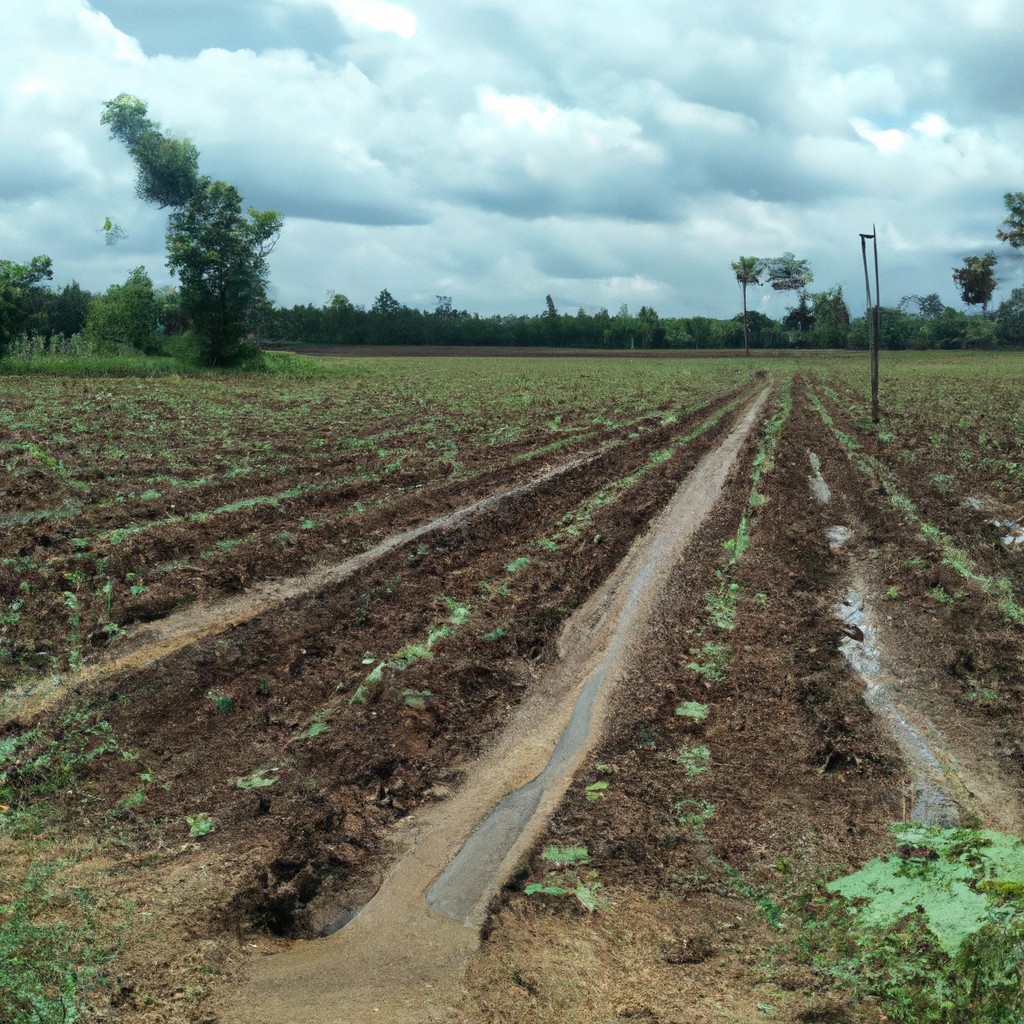In this article, learn how hydroponics can revolutionize your gardening by growing plants without soil using nutrient-rich water.
Look Inside:
What Is Hydroponics?

Imagine growing plants without soil. No dirt under your nails, no muddy boots. Hydroponics does just that—plants thriving on water, nutrients, and a little TLC.
Plants’ roots dangle directly in nutrient-rich water. The roots get all they need without sifting through soil. It’s like a buffet for plants.
The twist? Plants often grow faster and produce more. So, it’s like a plant spa with benefits.
Also, think about space. No sprawling fields needed. Living room, balcony, or even a closet can transform into a lush garden oasis.
Hydroponics sounds like plant magic, but it’s just clever science making greenery a tad less messy.
Basic Components of a Hydroponic System
First up, let’s talk about the essential bits and bobs that keep a hydroponic system humming along happily. Imagine it as the car that gets the plants to their destination: healthy and thriving. There’s no room for unnecessary pit stops by the side of the road. Every component has its job to do.
Nutrient solution is the VIP here. It’s water loaded with a smorgasbord of nutrients that plants crave, minus the dirt. Think of it as a power smoothie for plants. Next, there’s the growing medium. While hydroponics is soil-free, plants still need a cozy place to anchor their roots. Items like perlite, coconut coir, or even rock wool roll out the welcome mat.
Don’t forget the reservoir. This is the tank that stores your nutrient solution, keeping it ready and waiting for plant hydration. It’s like the minibar in a hotel room, but for plants. Up next, we have the air pump and air stone. These two work hand-in-root to oxygenate the nutrient solution. Bubbles in water aren’t just fun to watch; they keep roots from drowning.
Lastly, there’s the grow light. Mimicking sunlight, these artificial suns ensure that even if your plants are in a basement or a closet, they get their daily dose of rays. LED, fluorescent, or HID, pick your preference.
So, there you have it – the dream team behind a hydroponic system. These components work together like a well-rehearsed orchestra, making sure your plants hit all the right notes.
Advantages of Hydroponics
Skip the soil, keep the veggies. Hydroponics saves water like a camel in a drought, using up to 90% less H2O than conventional farming—your plants practically drink like royalty.
Think of your plant roots as VIPs, getting direct access to nutrients without the hassle of soil. This direct delivery system speeds up growth—your vegetables turn into tiny, fast-growing superheroes. Faster food means quicker salads, and that’s a win for everyone.
Oh, and pests? Hardly an issue. With no soil, there’s nowhere for those creepy-crawly freeloaders to hide. You can relish the victory of fewer pests and diseases without chemical warfare.
Got a small apartment and big farming dreams? Hydroponics fits anywhere—from cozy corners to sprawling rooftops. Your urban jungle awaits.
Limitations of Hydroponics
Hydroponics isn’t all rainbows and butterflies. First off, startup costs can leave your wallet gasping for air. Setting up a system, especially a high-tech one, can be pricy. You need pumps, lights, nutrients, and beakers that make you feel like a mad scientist.
Then, there’s the energy consumption. Hydroponic systems often rely on artificial lighting and climate control, which can send your electricity bill soaring like a kite on a windy day.
Another tricky bit? It demands constant monitoring. A hydroponic system might look like it’s solving all your problems, but if you neglect it for just a few days, those once-healthy plants might start looking like they’re auditioning for a role in a zombie movie.
Water quality is another challenge. If your system’s water gets contaminated, it’s like inviting pests to a pool party. Poor water can wreak havoc faster than you can say “hydrophobia.”
Lastly, some plants just prefer soil, like a picky eater at a buffet. While hydroponics is great for many plants, others simply don’t thrive as well without good ol’ dirt.
Types of Hydroponic Systems
There are several fascinating hydroponic setups, each with its own quirks and methods. First up, we have the Wick System. Think of it as the lazy gardener’s dream—no pumps, just a humble wick drawing nutrient solution up to the plant roots. Simple, yet effective.
The Deep Water Culture (DWC) system is another favorite. Plants chill out with their roots submerged in nutrient-rich water, while an air pump blows bubbles like a fish tank on steroids. It’s like root spa day, every day.
Next, the Nutrient Film Technique (NFT) dabbles in a bit of conveyor-belt magic. Nutrient solution flows in a thin film over the roots, giving plants the buffet experience of nutrient absorption.
Flood and Drain (Ebb and Flow) systems are as dramatic as they sound. Plants experience mini-floods throughout the day, soaking up nutrients and then draining away. This cycle helps keep roots oxygenated and well-fed.
The Drip System, meanwhile, dribbles nutrients to plant bases. It’s the hydroponic equivalent of IV therapy—hydration and nutrition delivered right to the source.
Lastly, the Aeroponic system is the sci-fi star of the group. Roots dangle in the air while a mist of nutrient solution keeps them nourished. It’s like the plants just stepped out of a futuristic day spa.
Each system has its charm, but they all share a common goal: healthy plants, less water, and soil as optional.




